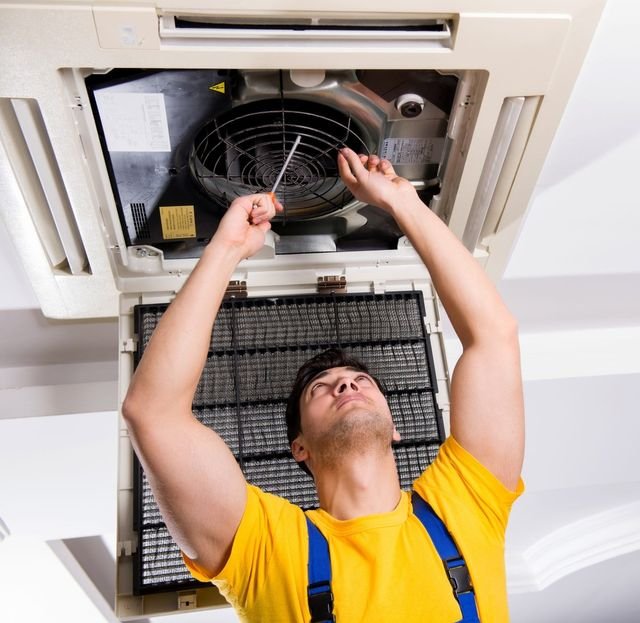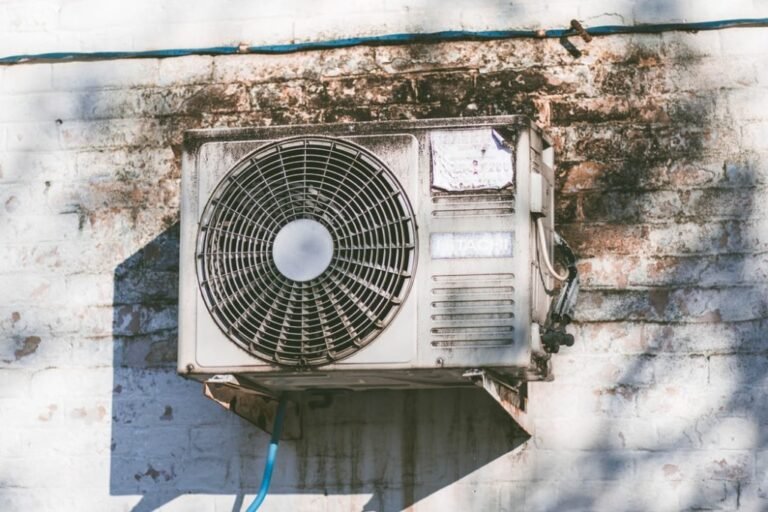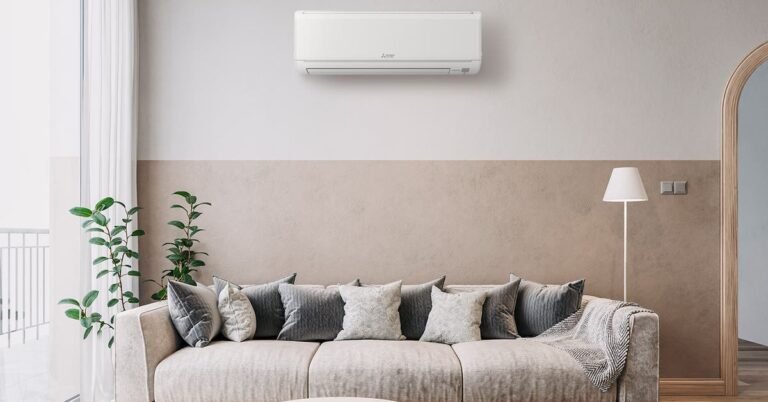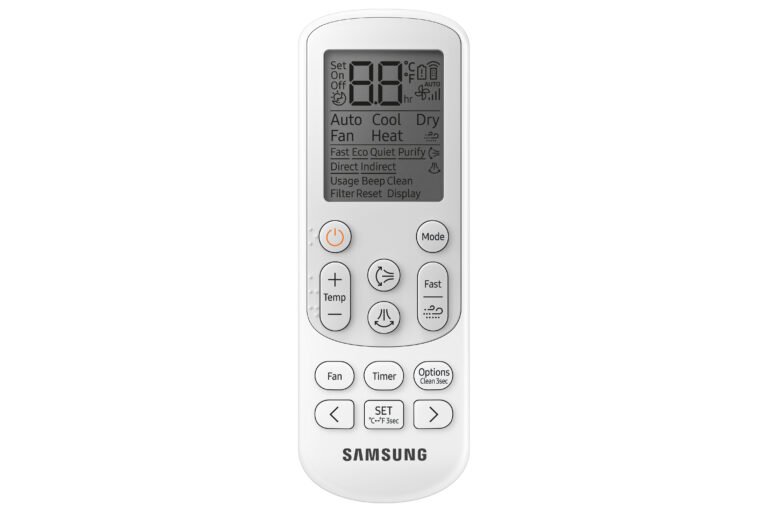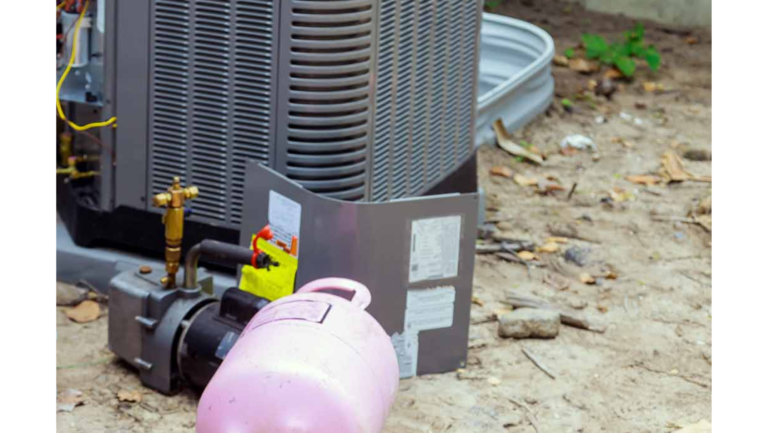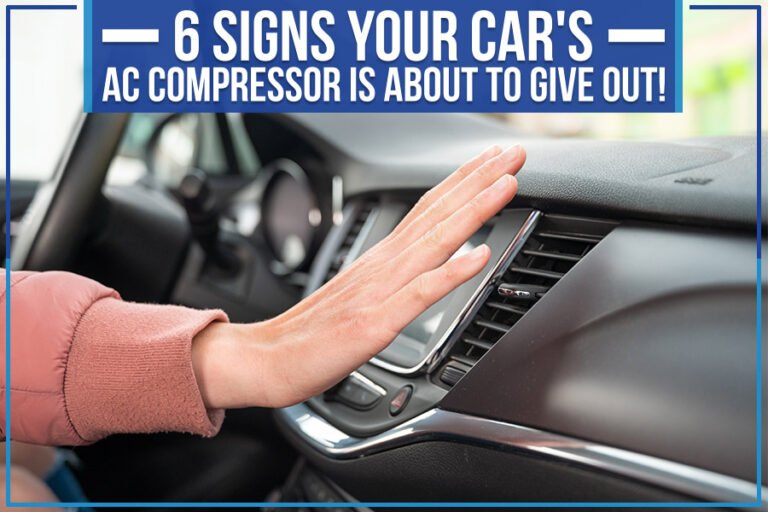My Air Conditioner is Not Cooling the House: Troubleshooting Tips for Cool Air
If your air conditioner is running but not cooling your house, dirty air filters could be the cause. Dirty air filters can result in reduced airflow, increased energy consumption, and decreased cooling efficiency.
To fix the issue, simply clean or replace the air filters in your air conditioner. This will help improve airflow and allow your AC unit to cool your house effectively.
1. Common Reasons For Air Conditioner Not Cooling The House
There can be several common reasons why your air conditioner is not cooling your house properly. One possible issue could be a dirty evaporator coil. Over time, the coil can accumulate dirt and dust, reducing its efficiency in absorbing heat. Another potential cause could be low refrigerant levels. A lack of refrigerant can result in insufficient cooling power. Additionally, a malfunctioning condenser fan motor can cause the air conditioner to blow warm air instead of cool air. The fan motor helps in dissipating heat from the system, and if it is not working correctly, it can affect the cooling process. It is important to address these issues promptly to ensure your air conditioner functions optimally and keeps your home cool during hot weather.
2. Check And Clean The Evaporator Coil
When your air conditioner is not cooling your house, one of the possible causes could be a dirty or clogged evaporator coil. To check and clean the evaporator coil, start by turning off the air conditioner. Next, locate the evaporator coil, which is typically housed within the indoor unit. Once you have found the evaporator coil, remove any debris and dust from the coil using a soft brush or a vacuum cleaner. By keeping the evaporator coil clean, you can ensure efficient cooling and maximize the performance of your air conditioner.
3. Check Refrigerant Levels And Recharge If Necessary
To check the refrigerant levels and recharge if necessary for your air conditioner, start by turning off the unit. Next, locate the refrigerant lines and visually inspect them for any leaks or damage. If you notice any issues, it’s important to repair them before proceeding. Once the lines are in good condition, you can recharge the refrigerant if the levels are low. It’s crucial to follow manufacturer guidelines and use the recommended refrigerant type for your specific unit. Hiring a professional HVAC technician is highly recommended to ensure the process is done correctly and safely. Remember that incorrect refrigerant levels can affect the cooling efficiency of your air conditioner, so regular maintenance is essential to keep your home cool and comfortable.4. Inspect And Repair The Condenser Fan Motor
If your air conditioner is not cooling your house, one possible cause could be a problem with the condenser fan motor. To inspect and repair the condenser fan motor, follow these steps:
1. Turn off the air conditioner to ensure your safety during the inspection and repair process.
2. Locate the condenser fan motor which is typically located outside in the condensing unit.
3. Check for any obstructions or damage such as dirt, debris, or bent blades that may be hindering the fan’s performance.
4. If you find any obstructions or damage, replace or repair the motor as necessary, ensuring that it is functioning properly.
5. Additional Troubleshooting Steps
If your air conditioner is not cooling your house, there are a few additional troubleshooting steps you can take. First, check for dirty return vents and replace filters if necessary. Dirty vents and filters can restrict airflow, making it difficult for your air conditioner to cool your home effectively. Next, adjust the thermostat programming for optimal cooling. Ensure that the temperature settings are appropriate and that the fan is set to ‘auto’ instead of ‘on’.
Another factor to consider is whether your air conditioner is undersized for the space it is meant to cool. If the unit is too small, it may struggle to cool your home efficiently. Additionally, inspect the insulation in your house for any gaps or leaks. Inadequate insulation can result in hot air entering your home and warm air escaping, making it harder for your air conditioner to cool the space effectively.

Credit: terrysacandheating.com
Frequently Asked Questions Of My Air Conditioner Is Not Cooling The House
Why Is My Air Conditioner Running But Not Cooling The House?
Why is my air conditioner running but not cooling the house? One possible reason could be dirty air filters, which can reduce airflow, increase energy consumption, and decrease cooling efficiency. Checking and cleaning the air filters may help fix the issue.
How Do I Fix My Air Conditioner Not Cooling In My House?
Cooling your house: 1. Check the air filters for dirt and debris. 2. Ensure that the condenser unit is working properly. 3. Verify if the thermostat is set at the correct temperature. 4. Examine for any refrigerant leaks. 5. Consider if your AC unit is the right size for your home.
Why Is My Air Conditioner Running But Not Cooling The House?
Dirty air filters can cause a variety of problems for your air conditioner, including reduced airflow, increased energy consumption, and decreased cooling efficiency. If your air conditioner is running but not cooling the house, check and replace your air filters regularly to ensure proper airflow and cooling effectiveness.
Conclusion
Air conditioner’s thermostat, clean or replace dirty air filters, ensure proper airflow by clearing any obstructions around the unit, check for refrigerant leaks, and consider the size and insulation of your house. Regular maintenance and professional assistance can help resolve the issue and ensure your air conditioner efficiently cools your house.
Remember, a well-functioning air conditioner is essential for comfort, especially in hot summers. Don’t hesitate to seek professional help if needed. Keep your cool and enjoy a refreshed home!

